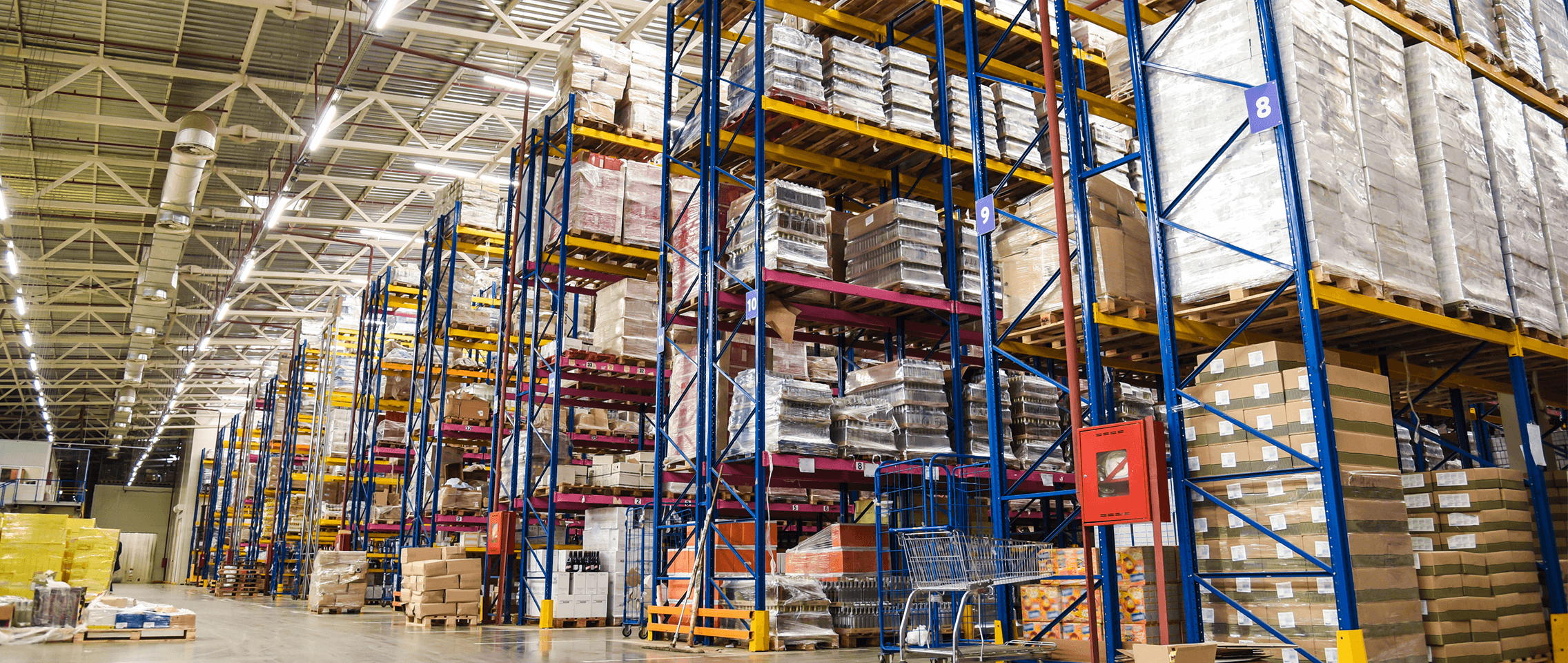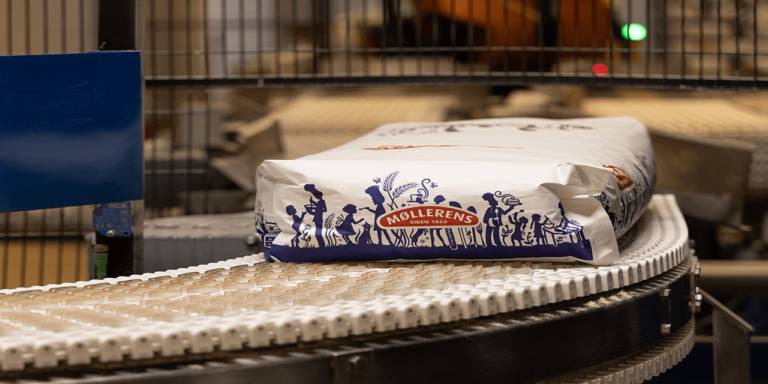Grocery wholesalers and distributors are a critical link in the supply chain. As supply chain middlemen, they provide easy access to a wide range of product assortments, including highly perishable fresh items, as well as reliable availability to their retail, food service, and institutional customers, including schools, hospitals, restaurants, and caterers.
However, their unique role means they also assume significant financial risk while operating on thin margins. This challenge is often compounded by market forces: shifts in consumer demand drive retailers to change their assortments, supply chain disruptions delay shipments, and inflation drives costs higher, creating fierce competition.
To top it off, grocery wholesalers face unique challenges with highly perishable products. They must consider shelf life and spoilage projections to maintain item freshness and high availability for their retail customers. Inefficiencies in their supply chain can easily result in spoiled or poor quality products which will sour customers’ opinions and hurt already tight margins. This is simply not an area where wholesalers and distributors can afford to take risks.
The good news is technology can actively help wholesalers manage fluctuating demand. With an AI-driven demand forecasting platform in place, wholesalers and distributors are now able to analyze vast amounts of data, including historical sales, market trends, and external factors, to generate accurate predictions and help planners effectively optimize their inventory levels to meet customer demand.
Consider these three common wholesale challenges that a machine-learning powered demand forecasting platform can help solve:
Challenge #1: Heavy Demand from Key Accounts
Many grocery wholesalers and distributors service multiple accounts of varying sizes, offering a wide range of assortments. Often their largest accounts represent an outsized concentration of business, so it is crucial to maintain optimal stock levels and provide these customers with consistently high service levels or risk losing the accounts and a large portion of their revenue base.
Wholesalers who do not use demand forecasting based on customer accounts or group-customer levels may face risks such as stockouts, excess inventory, and reduced profitability. Employing such a solution allows wholesalers to better understand their customers’ buying patterns, anticipate demand, and allocate inventory accordingly. This approach helps to ensure high service levels and customer satisfaction while avoiding stockouts and reducing carrying costs.
For example, by ringfencing a portion of inventory for key customers with high demand, wholesalers can improve outcomes by avoiding stockouts and increasing the likelihood of repeat business. Prioritizing inventory for key customers can help to strengthen these relationships and increase customer loyalty, leading to long-term business success.
In addition, demand forecasting can improve sales planning, allowing wholesalers to identify and capitalize on market opportunities while mitigating any risks that arise, including excess inventory that ties up capital, loses margins, and increases carrying costs.
Challenge #2: Operational Inefficiency
Regardless of the account size, wholesalers must address any inefficiencies in their operations and buying processes to protect their investments and margins. With much of their capital tied up in inventory, wholesalers cannot afford to increase their carrying costs through overstocking, nor can they afford to understock and risk losing sales.
This is another key area where a machine learning-powered demand forecasting tool can provide accurate and automated insight to optimize stock levels, ensuring wholesalers can meet their customers’ demand. The right solution can free up significant capital through a reduction in inventory holdings, at the same time reducing the inventory space required to hold said products – which is growing more expensive in many markets because of inflation.
Challenge #3: Labor Management
The current state of the job market, with workforce shortages, rising labor costs, and increased turnover, has presented many operational difficulties and inefficiencies for wholesalers and distributors. Since warehouse picking constitutes approximately 70% of warehouse labor, it is crucial for wholesalers to optimize their labor resources and schedules to align with their demands and enhance their operational efficiencies.
An automated solution can help wholesalers unlock concrete labor management savings. By allowing users to tap into demand forecasts, and aligning that data with incoming and outgoing shipments, wholesalers can better understand when more employees are needed to help move goods out of the warehouse or onto the shelf – and when product can sit on the shelf or in boxes a bit longer, reducing labor needs.
Demand Forecasting is No Longer a Good-to-Have – it’s a Must-Have
Inefficiency can strike anywhere in the supply chain. While it’s always been a nuisance, increased customer expectations and rising costs mean wholesalers no longer have breathing room to accept any wastefulness.
The best way to combat inefficiency is to better understand challenges coming down the pike, and that’s where demand forecasting comes in. Wholesalers and distributors who address risks and the inefficiencies in their supply chain and operations with AI-driven solutions have seen significant improvements – including food waste reductions, better service levels, improved operational efficiency, and reductions in order processing times.
Wholesalers have a far too important role in the supply chain to rely on outdated, manual planning processes. Demand forecasting is the answer.




